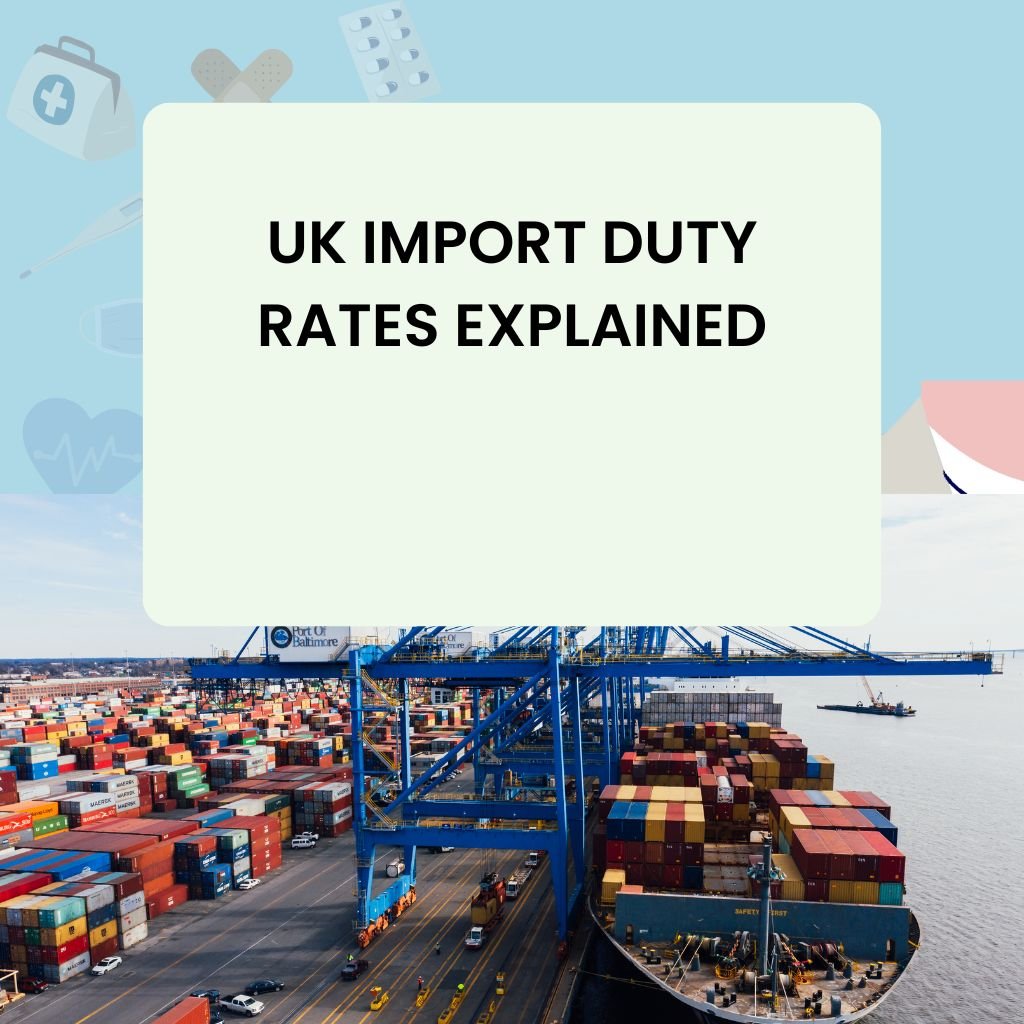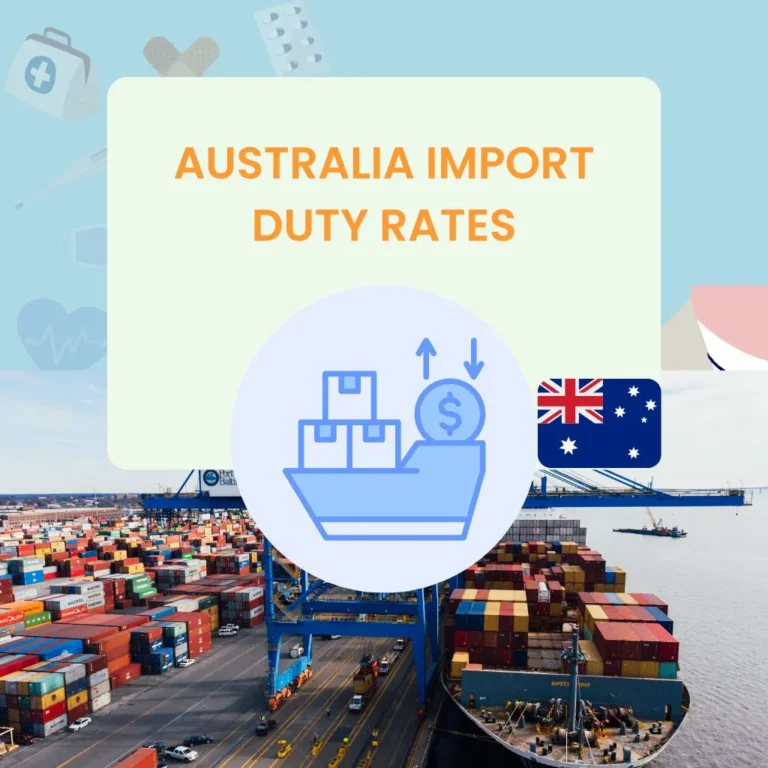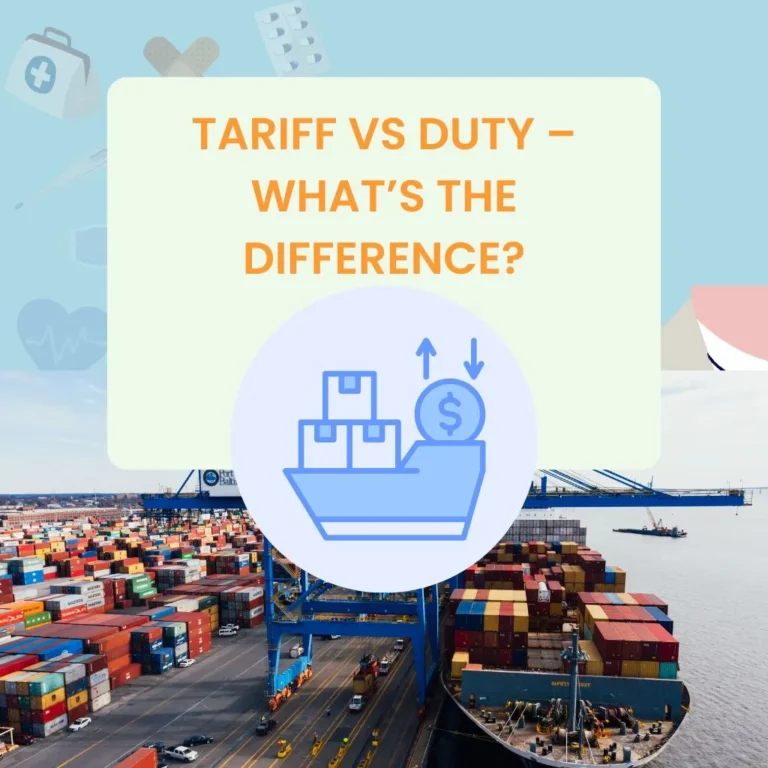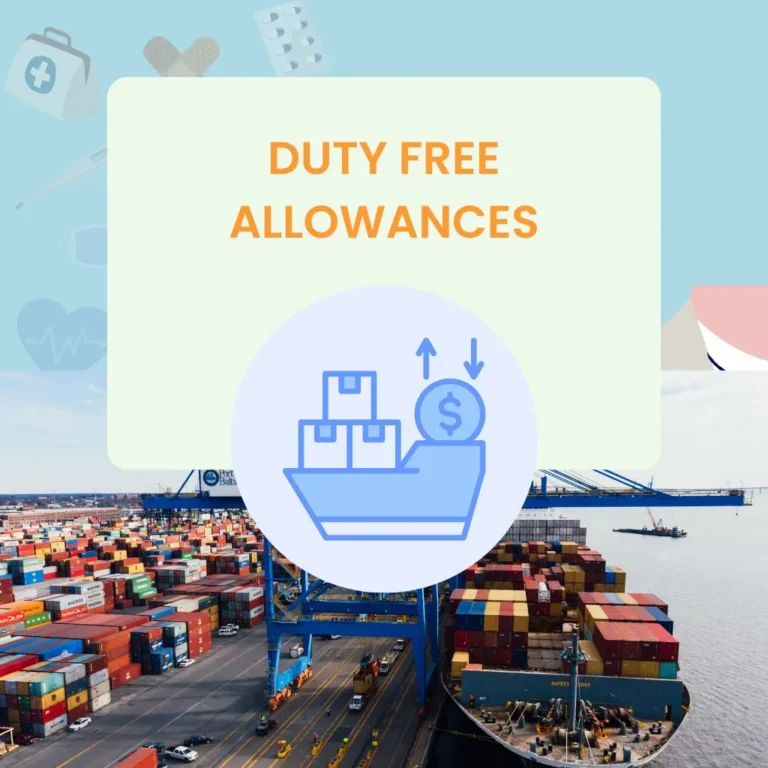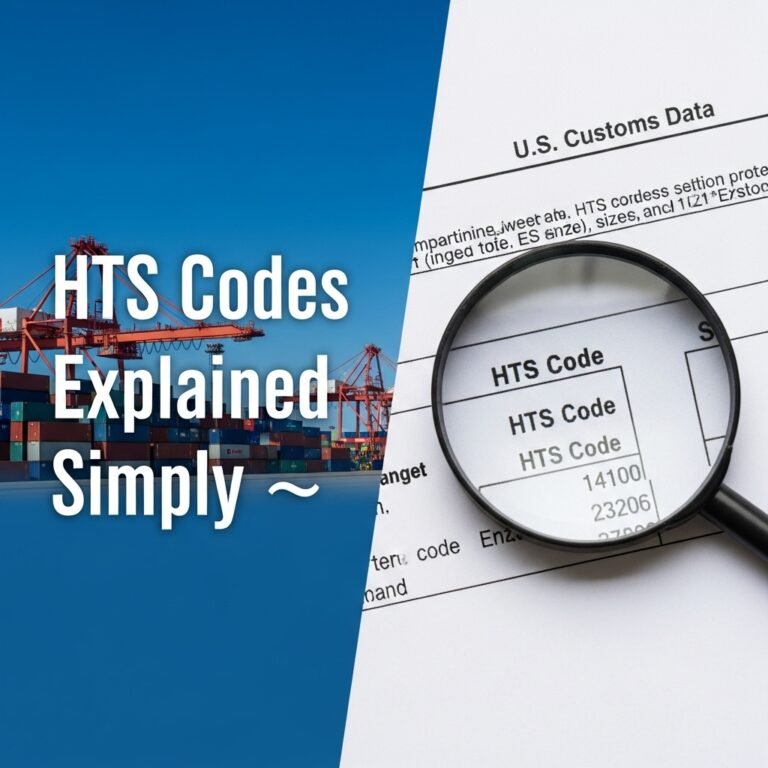UK Import Duty Rates Explained
Importing goods into the UK is more than finding products and arranging shipping — it also involves understanding the complex customs system, especially UK import duty rates. These duties can significantly impact costs, profit margins, and delivery times.
Whether you’re an eCommerce seller, logistics coordinator, small business owner, or casual online shopper, this guide provides expert-level insight into how UK import duties work, how they’re calculated, and how you can legally minimize your costs in 2025.
TOC
What Is Import Duty in the UK?
Import duty, also known as customs duty, is a tax levied on goods entering the UK from other countries. Collected by HM Revenue & Customs (HMRC), this duty supports domestic industries and contributes to national revenue.
Import duty applies to both commercial and personal shipments. The amount payable depends on factors like the type of product, its country of origin, its value, and how it’s classified under UK customs codes.
Customs Duty vs. Import VAT
New importers often confuse customs duty with import VAT. Here’s how they differ:
- Customs Duty: A tax based on the commodity code (HS code) and the UK Global Tariff (UKGT) schedule. It’s usually a percentage of the declared item value.
- Import VAT: Typically 20%, this is charged on the total value of goods plus shipping, insurance, and duty.
Both are payable to HMRC and required before goods can be released from customs.
Who Sets UK Duty Rates?
Since leaving the European Union in 2021, the UK no longer follows the EU Common External Tariff. Instead, it uses its own schedule — the UK Global Tariff (UKGT).
The UKGT is managed by the Department for Business and Trade (DBT) and enforced by HMRC. It applies to all non-preferential trade and defines standard duty rates across thousands of product categories.
How Are UK Import Duties Calculated?
There’s no guesswork. Duties are calculated systematically using these four inputs:
1. Commodity Codes (HS Codes)
Each product must be classified using a 10-digit commodity code under the Harmonized System (HS). This determines:
- Duty percentage
- Applicable VAT
- Licensing or restriction requirements
Examples:
- 6403.59.90.00 → Leather footwear
- 8703.21.10.00 → Small petrol cars (<1,000cc)
Find codes using the UK Trade Tariff Tool: trade-tariff
2. Country of Origin
Goods from certain countries enjoy preferential duty rates under Free Trade Agreements (FTAs). But eligibility depends on meeting rules of origin.
For instance:
- EU-origin goods may be duty-free under the UK-EU Trade and Cooperation Agreement (TCA)
- If not qualifying (e.g., goods made in China then re-exported via Germany), standard UKGT rates apply
3. Customs Value (CIF)
Duties are based on the CIF value — Cost, Insurance, and Freight. This is the total amount paid by the importer, including all shipping and insurance expenses.
4. Duty Type
The UK applies various duty structures:
- Ad Valorem: A percentage of CIF value
- Specific Duty: Fixed per unit, kg, or litre
- Compound Duty: Combines both types
Example Calculation:
- Import value: £10,000
- Duty rate: 2.7% → £270
- VAT on £10,270 (goods + duty) = £2,054
- Total landed cost: £12,324
Types of UK Import Duties
| Duty Type | Description | Example |
|---|---|---|
| Ad Valorem | % of total goods value | 4% of CIF value |
| Specific Duty | Flat rate per quantity | £0.50/kg of textiles |
| Compound Duty | Mix of ad valorem + specific | 2% + £0.20/litre of alcohol |
| Anti-Dumping | Prevents unfair low-price imports | Applied to Chinese steel products |
UK Global Tariff (UKGT) System
Introduced in 2021, the UK Global Tariff aims to simplify trade and lower costs:
- Removed over 2,000 “nuisance tariffs” under 2%
- Lowered tariffs on select industrial goods
- Supports green products and local industries
The full tariff schedule is updated annually: UK Global Tariff
Northern Ireland Protocol
Goods moving from the EU to Northern Ireland still follow EU customs rules under the Windsor Framework.
UK Free Trade Agreements (FTAs) and Preferential Rates
UK FTAs allow for reduced or zero import duties if rules of origin are met. Major deals include:
- EU – via TCA
- Japan – UK-Japan CEPA
- Australia & New Zealand – Zero duty on most goods
- South Korea
- CPTPP – UK joined in 2024
How to Claim Preferential Rates
- Use the correct origin declaration on customs forms
- Retain supplier statements of origin
- Respond to HMRC documentation requests
Duty-Free and Reduced Duty Imports
Low-Value Consignment Relief (LVCR)
- No customs duty for goods < £135
- Import VAT still applies
Returned Goods Relief (RGR)
- Duty-free re-entry if exported goods return within 3 years
Temporary Admission (TA)
- Import items for display, testing, or repair without duty, if re-exported
Duty Drawback
- Claim back up to 100% of duties if goods are later re-exported
Compliance and Customs Clearance Checklist
Failing to get this right can lead to delays, fines, or lost goods. Here’s what you need:
Required Documents:
- Commercial Invoice
- Packing List
- Airway Bill or Bill of Lading
- EORI Number
- Certificate of Origin (for FTAs)
Customs System: Use the Customs Declaration Service (CDS), which replaced the CHIEF system.
Avoid These Errors:
- Incorrect HS code
- Misstated country of origin
- Undervalued CIF
- Not registering for VAT as a business importer
How to Reduce Import Duties Legally
Here are practical steps to lower your duty burden:
- Use Accurate Commodity Codes
- Misclassification can double rates
- Apply FTA Benefits
- Always check rules of origin and required proof
- Choose Sourcing Countries Strategically
- FTA partners like Australia or CPTPP countries offer zero-duty options
- Use Relief Programs
- Returned Goods, Drawback, and Temporary Admission
- Consult Customs Brokers
- Specialists can ensure compliance, savings, and speed
Emerging Trends for 2025
The UK trade environment is rapidly evolving with digitization and global trade shifts:
- CPTPP Access opens UK trade to Pacific nations
- Carbon Border Adjustments for environmentally impactful goods
- AI-powered customs for faster classification and filing
- UK Border Strategy 2025 for fully digital border management
FAQs
Do I pay duty on EU goods after Brexit?
Yes — unless goods meet origin rules under the UK-EU Trade and Cooperation Agreement.
What is the UK Global Tariff (UKGT)?
The UKGT lists duty rates for imports from non-FTA countries. Updated annually by DBT and HMRC.
What’s the HMRC duty calculator?
An online tool that calculates estimated duty and VAT using commodity codes. Visit: gov.uk/trade-tariff
Can I import duty-free?
Yes, under LVCR (<£135), Temporary Admission, or RGR (for returned UK goods).
How do I avoid high import taxes?
Classify items accurately, apply FTA benefits, and seek expert customs advice.
Conclusion
UK import duty rules continue to evolve. Keeping up with HMRC updates, using tools like the Trade Tariff Tool, and consulting trade professionals ensures your importing process stays efficient, legal, and cost-effective.


